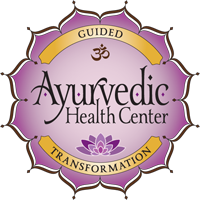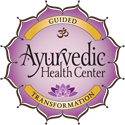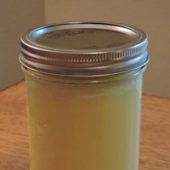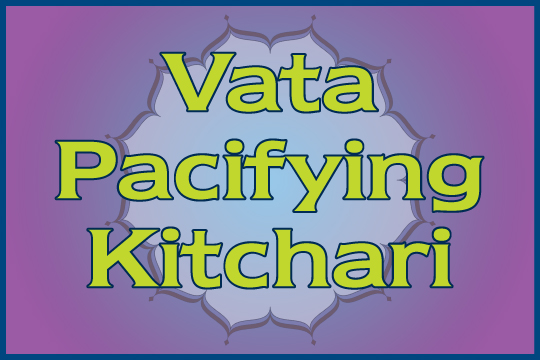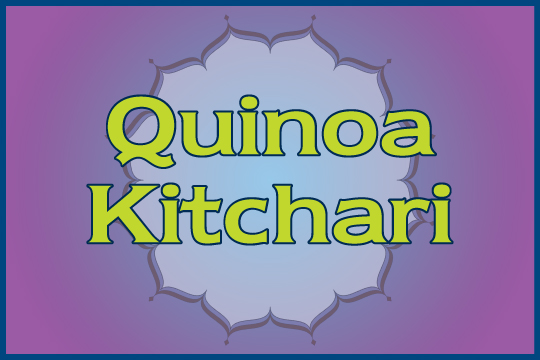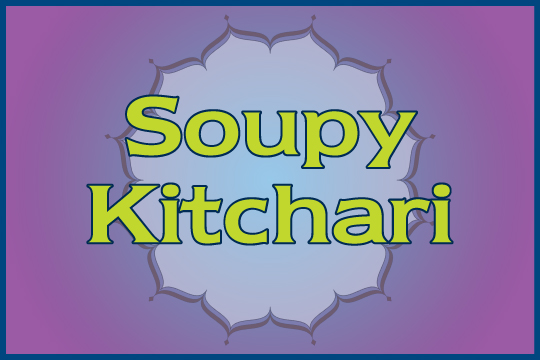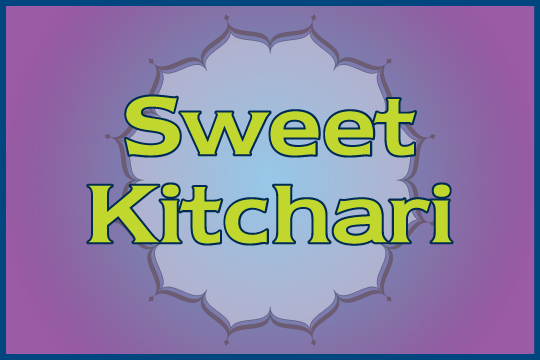Ghee
Ghee is butter that has had the water and milk solids cooked out of it. Ghee is dairy without the dairy. Along with other healthy oils, ghee is a staple in Ayurvedic cooking and medicine.
Equipment
- saucepan
- strainer
- clean storage jar
Ingredients
- 1 lb organic unsalted butter
Instructions
- Place the butter in a 2 or 3 qt saucepan on the stove.
- Turn the burner heat on its lowest setting. If your stove cooks “hot,” use a flame reducer.
- Allow the butter to melt and the milk solids to separate out from the fat. Avoid stirring or otherwise disturbing the ghee-making process.
- After the butter has melted, it will begin to froth or foam up. This foam may settle to the bottom of the pot or it may stay on top. Either is fine.
- After a time has passed, the melted butter will begin to spit. Take the pot off of the stove and gently tilt it to one side. If you see a golden brown color to the milk solids, the ghee is done. If there is no color to the curds, return the pot to the burner and continue cooking for a few more minutes, watching it closely so that it doesn't burn.
- Once the ghee has finished cooking, pour it through a strainer into a clean (ideally sterilized) 14-16 oz jar. Cover the jar.
- If kept absolutely free of any moisture, ghee should keep indefinitely and is shelf-stable.
Notes
What are the Benefits of Ghee?
The benefits of ghee are many. Ghee:- is anti-inflammatory;
- lubricates all of the tissues of the body;
- promotes flexibility;
- aids memory and intelligence;
- facilitates digestion;
- bolsters the immune system.
